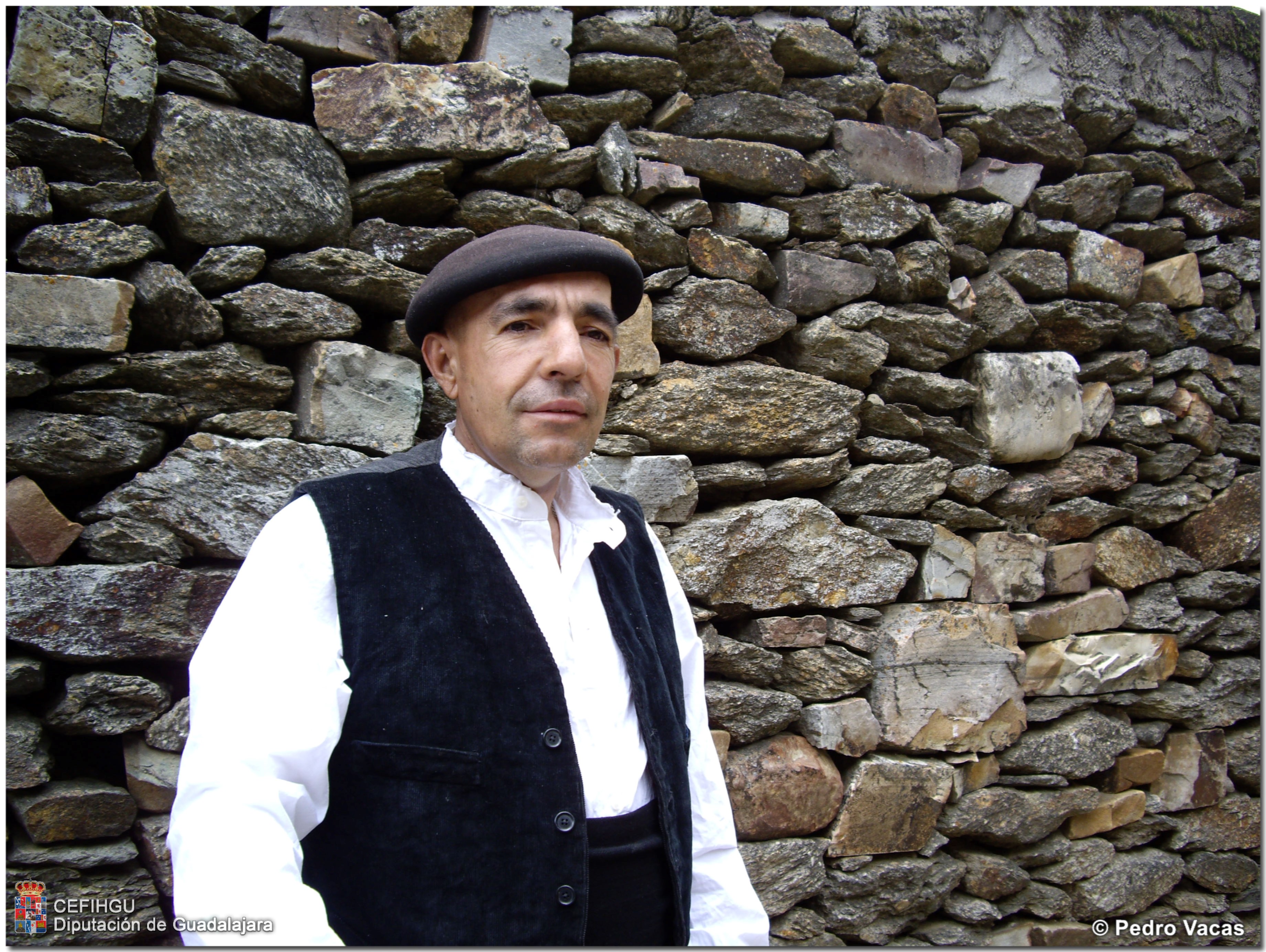 Navigate to the Pedro Vacas Moreno Photographic Archive
Navigate to the Pedro Vacas Moreno Photographic Archive
Until recent times, the photographs that were taken in rural areas, in our towns and villages to document a scene, events, a festival or customs, or trades, were scarce and of some trades such as herding, practically nil.
The photographs in this archive testify and document in images a scene, customs or events of the daily life of shepherds such as confrontation, milking, childbirth, etc., of the day to day chores, azanas and tasks of the peasant women preparing the slaughter, cheeses, baking bread, muffins, donuts and buns, manipulating the wool with the appropriate utensils until turning it into sweaters, socks, skirts, gloves, anguarinas and everything necessary to protect themselves from the cold, or digging the garden, constituting historical, ethnographic and communication documents of the first order for present and future generations.
Especially highlighting the contribution they make to the knowledge and communication of the customs of our ancestors, their trades, their professions, their tasks and their ways of life and their life, their rites of passage, their clothing, utensils, gastronomy , musical instruments, of their religiosity, rites and beliefs, of their dances and dances, of everything that surrounded them and that they have left us as an inheritance.
All of them are an essential part of the documentary heritage, even if they are made with a playful or hobby nature, they all provide information on uses, customs, fashions, hairstyles, dressings, meals, costumes, footwear, furniture, architecture and rural engineering, etc., because , like the rest of the documents and of any human act, is historical from the moment of its creation, but its evaluation as such is usually coupled with the passage of time.
It is a private asset, without a doubt, but there are circumstances in which its value transcends the personal, the family, and becomes a document that matters to the community and as such it is necessary to make it participate in its information.
The Archive was donated in 2009 and currently consists of 302 images.
